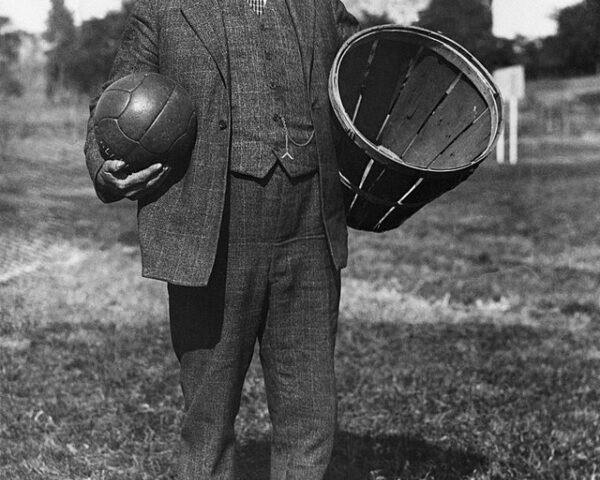Anne Frank received her now-famous diary on June 12, 1942, a gift for her thirteenth birthday. The diary, a red-and-white checkered notebook, was an unassuming present that would later become one of the most poignant and powerful symbols of the human spirit in the face of unimaginable adversity. For Anne, it began as a simple outlet for her thoughts and feelings, a private confidante named “Kitty” with whom she could share her innermost secrets and the tumult of adolescence.
In the initial pages, Anne’s entries reflect the ordinary concerns of a young girl: school, friendships, and the stirrings of young love. But the diary’s narrative quickly transforms as Anne’s world is upended by the Nazi occupation of the Netherlands. The Frank family, along with four other Jews, went into hiding in a secret annex behind her father’s office building in Amsterdam. It was here, in this cramped and stifling space, that Anne’s diary took on a new depth and significance.
Anne’s writing became her lifeline, a means of grappling with the intense fear and claustrophobia of life in hiding. Her diary entries reveal a young woman of remarkable insight, humor, and resilience. She documented not just the day-to-day struggles and dangers faced by those in the annex, but also her own emotional growth and self-awareness. Anne wrote candidly about her relationships with her family members and the other inhabitants, capturing the complex dynamics of their enforced proximity.
The diary also served as a testament to Anne’s aspirations and dreams. Despite the harrowing circumstances, she expressed a fierce desire to become a writer, to make a lasting impact on the world. Her reflections on humanity, suffering, and hope resonate with a wisdom beyond her years. Anne’s eloquence and her ability to find beauty and meaning in the midst of horror underscore the indomitable nature of the human spirit.
Tragically, Anne Frank’s life was cut short when the inhabitants of the annex were betrayed and deported to concentration camps in August 1944. Anne died in the Bergen-Belsen camp in early 1945, just weeks before its liberation. However, her father, Otto Frank, survived and discovered her diary after the war. Recognizing its profound importance, he arranged for its publication.
“Het Achterhuis,” known in English as “The Diary of a Young Girl,” was first published in 1947. Since then, it has been translated into numerous languages and has touched millions of readers worldwide. Anne’s diary offers a deeply personal perspective on the Holocaust, making the incomprehensible horrors of that period tangible and relatable. It stands as a powerful reminder of the human cost of prejudice and hatred, and it continues to inspire readers with its message of resilience and hope.
Anne Frank’s diary, once a simple birthday gift, became a timeless testament to the strength of the human spirit and the enduring impact of one young girl’s voice. Through her words, Anne Frank continues to speak to us across the decades, reminding us of the profound value of every human life and the enduring power of hope and courage in the face of darkness.






